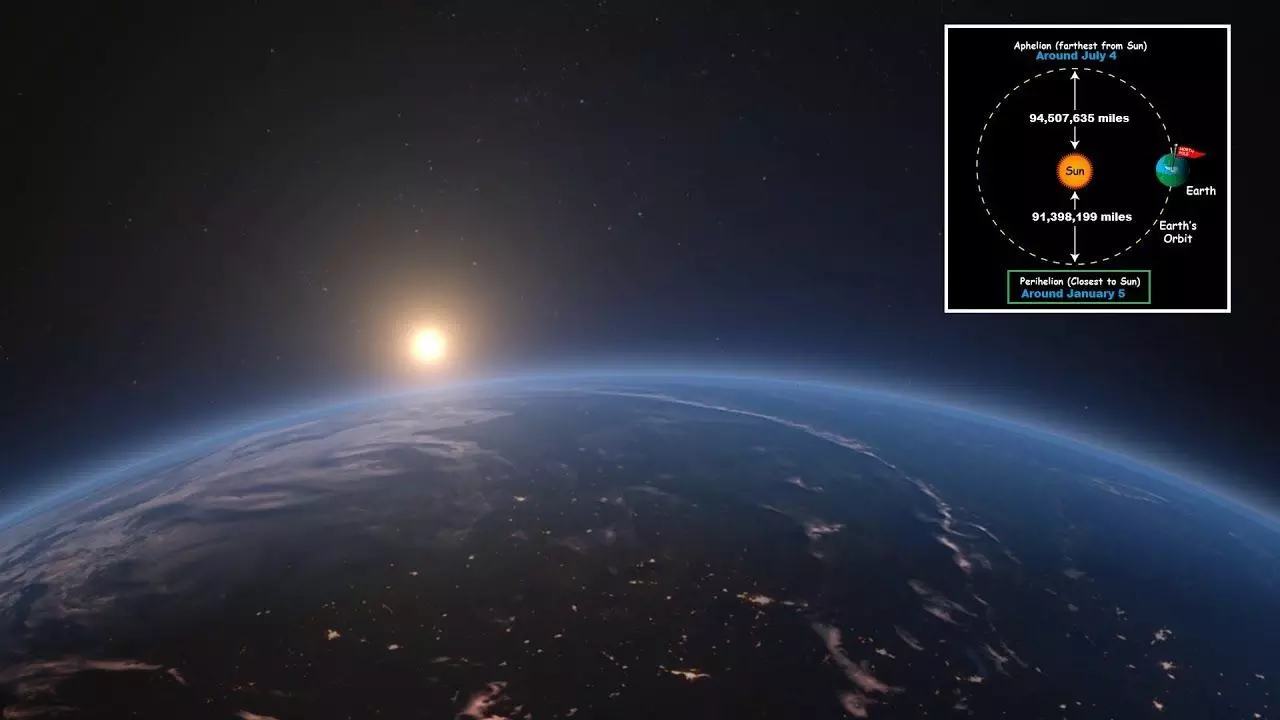Earth will be closest to Sun on 4 January; will not impact temperatures
On 4 January, 9:44 pm, the Earth will reach the closest point to the Sun in its annual elliptical orbit at 0.98329AU, i.e., at 14,70,98,928 km from the Sun.
By Newsmeter Network
Hyderabad: On 4 January (Wednesday), the Earth will be closest to the Sun in terms of distance. However, this will not impact the weather conditions. Earth revolves around the Sun in an elliptical orbit due to which at one point, Earth will be closest to the Sun and at another, it will be the farthest.
On 4 January, 9:44 pm, the Earth will reach the closest point to the Sun in its annual elliptical orbit at 0.98329AU, i.e., at 14,70,98,928 km from the Sun. Astronomically, this phenomenon is known as "Perihelion."
On 7 July, at 1:16 a.m, the Earth will be at the farthest point from the Sun, or at "Aphelion," at 1.016AU (15,20,93,253km) from the Sun. In other words, due to the celestial event of Perihelion, on 4 January 2023, Earth will be 49,94,325 km closer to the Sun compared to 7 July 2023 in its orbit.
Distance does not affect seasons
It is commonly believed that the distance of the Earth to the Sun decides the seasons or the temperatures on Earth. However, it is not true. Axial tilt (approx. 23.5 Degrees) of the Earth on its axis while revolving around the Sun regulates seasons on planet Earth with one of the hemispheres facing away or towards the Sun.
For example, at the beginning of every January, it is winter in most of the countries in the northern hemisphere whereas it's summer in the southern hemisphere. In July when the Earth is at the farthest point from the Sun, it's mostly hot in India and the neighourhood compared to January. This clearly shows that the distance of the Earth from the Sun doesn't decide the seasons but its tilt during its yearly journey around the Sun does.